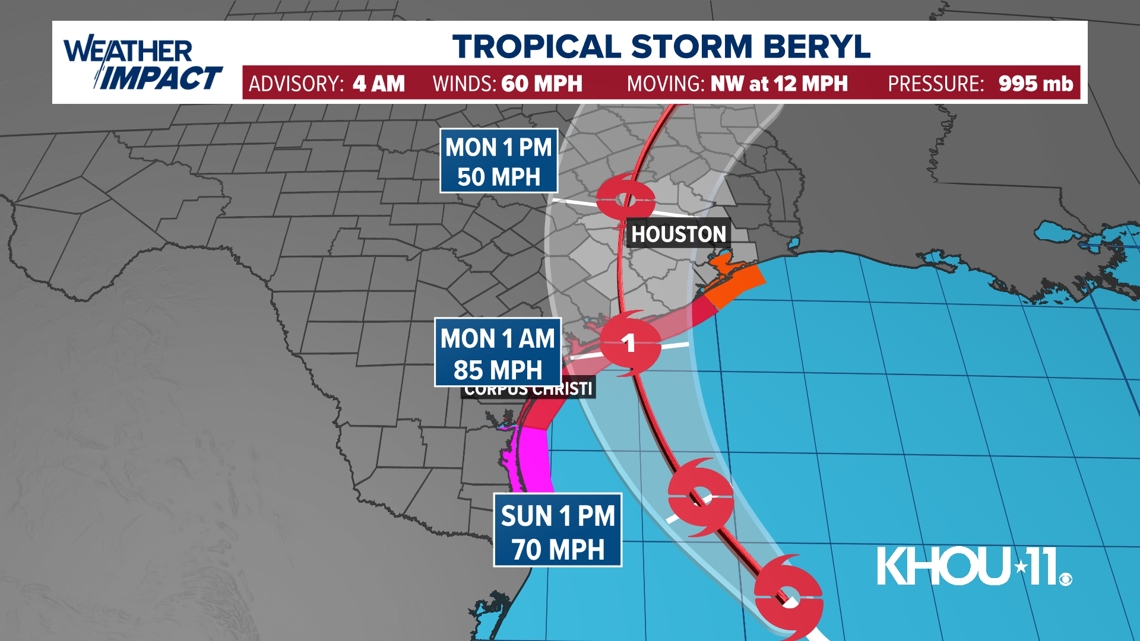What are the structural — systemic — vulnerabilities of contemporary supply chains? There are many. Which deserve the most attention? Odd Lots, the Bloomberg podcast, recently interviewed Joseph Stiglitz, the Nobel Prize winning economist, on this theme. Following are some excerpts:
…firms don’t think about the consequences of underinvesting in capacity for others. They may take the price distributions as given, but their independent actions actually change the price distributions. And they change them in ways that, basically they’re free riding on others. But when they all are free riding on others — on the fact that somebody will have built that capacity — there’s a problem of under capacity. So that in a nutshell is the argument that if each firm says ‘Well, if I need it, I can always get it from somebody else,’ and they all go around doing that, in the end, there won’t be enough capacity. Capacity is like a public good that we all benefit from, and there’s a general proposition in economics that there will be under-investments in public goods.
… what is rational for the individual or firm maximizing its profits is not efficient for society. There’s another aspect of that that I should emphasize, that markets are often excessively short term. So [when] you say they’re maximizing their profits, they’re not really maximizing long-term profits. A lot of that just-in-time was maximizing short-term profits and then when you can’t produce, you lose a lot of profits and they didn’t take that fully into account...
[We need] to encourage firms to take more long-term decisions and rewarding more long-term behavior. Taxes affect that. The fact that, if you get more favorable treatment on capital gains, if it’s held long-term, can encourage people to hold onto investments and that will encourage more long-term thinking as opposed to the short-term thinking being so dominant and so much of the market economy...
Now there are further questions you then need to ask. Some of these [capacity concentrations] you don’t have to worry about, they’re pretty steady, but some of them are more vulnerable. So you would not only look at what I first talked about sort of as centrality — how important are they to the functioning of the economic system — but you have to also then look to some notion of vulnerability. The nature of the shocks they face, the reliability of those particular places.
My summary: As any system’s core capacities are more concentrated, the resilience of flows can incrementally wane. As network diversity declines and markets become more centralized, risks increase. For the last thirty-plus years there has been an increasing focus on near-term cost-containment, price competition, and profitability that has discounted the risks of lost capacity redounding from over-concentration. Just-In-Time is not going away. But stupid-short-termism will eventually be punished by being unable to deliver (or being compensated) until waay too late.
Joseph Stiglitz does not need my affirmation, but I agree. The podcast includes a related conversation about government carrots and sticks to nudge longer-term, more resilient behavior. Stiglitz does not begrudge most carrots, but would prefer more robust pointed sticks.
I wish Elinor Ostrom, another Nobel Prize winning economist, was still alive. I would love to hear Ostrom and Stiglitz have a conversation about how to facilitate more private investment to produce public goods. I consider high volume, high velocity contemporary supply chains to be mostly consistent with Ostrom’s definition of a “Common Pool Resource” (CPR). If so, extensive CPR field studies have demonstrated that enhanced resilience is less about carrots or sticks and much more about facilitating meaningful conversations and self-interested self-management among the critical players. (Here and here.)















